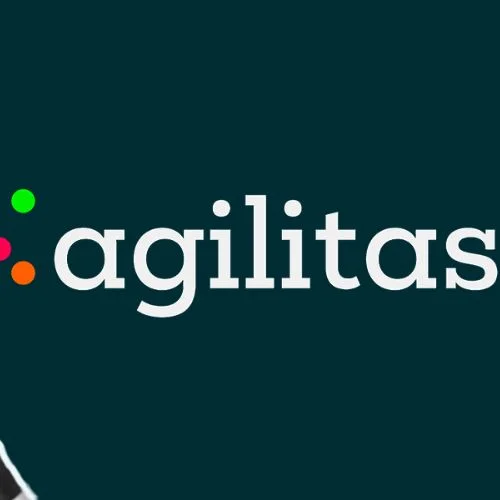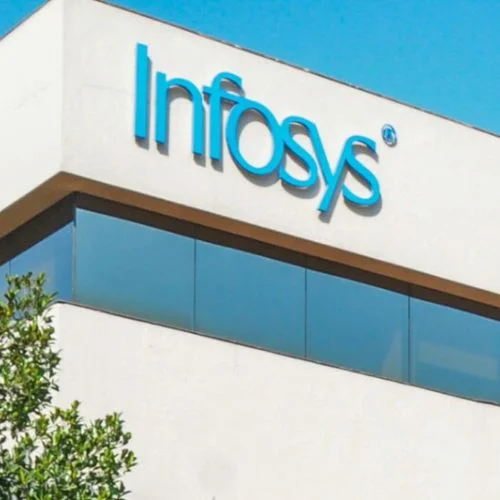A major concern in the discussions is if Elon Musk would try to use the banks’ possible funding issues to pull out of a deal with Twitter if the firm accepts his latest offer.
Back in April, Elon Musk’s proposed acquisition of Twitter appeared to be the transaction of the year. Investment banks and Silicon Valley power brokers flocked to be a part of it. They jointly pledged billions to Musk, the world’s richest man, captivated by his high promises and prior triumphs.
Then Musk ripped it all up. He declared in July that he would no longer proceed with his purchase, and he publicly pummelling the firm he had requested for assistance in purchasing.
But, on Monday night, Musk stated that he had changed his mind and that he still wanted to purchase Twitter, a firm that is under greater pressure than it was in the spring and is functioning in a much shakier economy.
Now, the $44 billion deal — the same amount Musk offered in April — could be significantly more expensive for lenders such as Morgan Stanley, Bank of America, and Barclays that committed large sums to the deal prior to inflation, rising interest rates, economic uncertainty caused by the Ukraine conflict, and Musk’s bombastic behaviour.
“I’m sure the banks aren’t as eager to do this in October at these terms as they were in April at these terms,” said Michael Maimone, a mergers and acquisitions partner at Barnes & Thornburg.
Following Musk’s announcement on Twitter of his renewed commitment to the agreement, the two parties continued to iron out the specifics, with talks continuing into Wednesday.
A major question in the discussions is if Musk would try to use the banks’ possible funding issues to pull out of a deal with Twitter if the business accepts his latest offer. In a letter to Twitter, he stated that the transaction will be completed “pending receipt of the proceeds of the debt financing.”
If Musk’s loan funding goes through, he may walk away from the arrangement with a $1 billion breakup fee. While this is an expensive idea, it is significantly less expensive than buying Twitter for $44 billion.
“Financing has always been a bit of a wild card in this,” said Eric Talley, a Columbia Law School professor. “That’s always been a secret weapon Musk might have had up his sleeve: that lenders walk in and say, ‘We’re not willing to finance it.'”
Musk pulled up funding from several sources, including his own. He raised $12.5 billion in bank financing, with Morgan Stanley, Bank of America, and Barclays investing $2.5 billion apiece. Other banks, such as BNP Paribas and Mizuho, have pledged smaller sums.
When investment banks fund a leveraged buyout, they often try to sell the debt to other investors such as hedge funds and other large institutions. Banks profit from the costs they charge to arrange these transactions, and then sell the debt to lower their risks if borrowers fail to repay what is owing.
In recent months, it has become substantially more difficult to sell such debt, posing a challenge to the banks. If they try to sell the debt right now, they may be obliged to do so at a significant loss.
Wednesday, Morgan Stanley, Bank of America, and Barclays all declined to comment.















